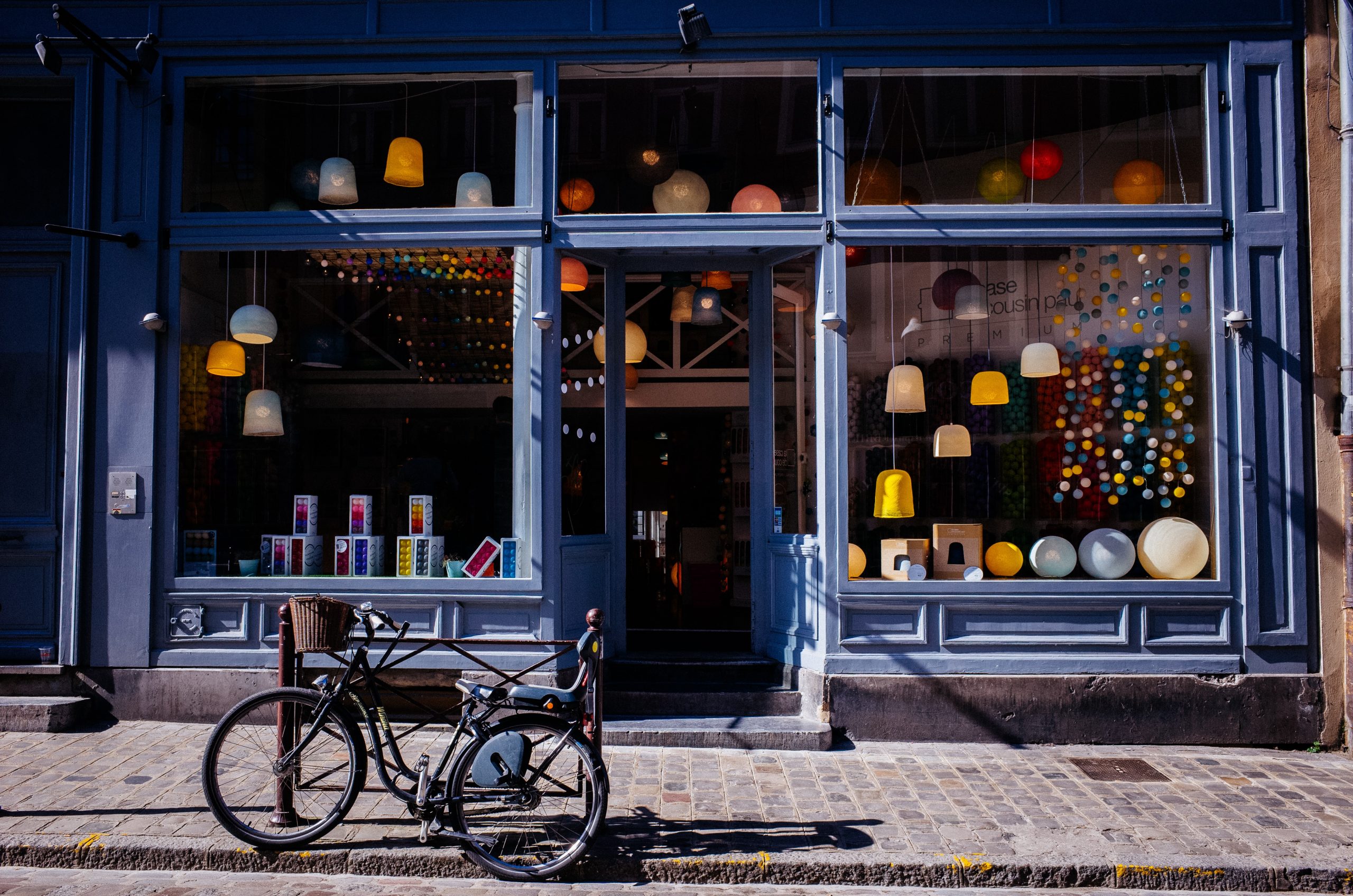 Brittany Berg
Brittany Berg
SVP, Global Pre-Sales & Product
People have been predicting the death of physical retail stores and malls for many years. It’s easy to see why, especially during the COVID-19 pandemic, as in-store retail sales declined and the e-commerce world grew stronger. And yet. A great many consumers really crave a physical shopping experience and aren’t about to let it go, a point seemingly acknowledged by all the once pure-play e-commerce retailers that have added storefronts.
Again, it’s easy to see why successful e-commerce brands have started operating physical stores; benefits include broadening their customer reach and creating an omnichannel experience that drives sales and brand loyalty. Amazon Go revolutionized the seamless experience with its digital and touchless checkout. Vuori is another notable example. The athletic and athleisure apparel brand, initially an online and catalog retailer, has opened 35 stores in major cities, enabling customers to feel the touch of their ultra-soft leggings and joggers.
Other e-commerce brands started dabbling in popup shops. The pure excitement and experimental “event” feeling makes this one of my favorite concepts. Popups are also a genius marketing tactic. They increase your audience reach by ensuring you’re physically seen by potential customers who may not know your website or have the slightest inclination to go looking for it. By posting up in the physical world, you now have the chance to pique their interest and get them to engage with your brand. A popup is also a low-risk model because there’s no long-term investment in real estate or full-time staffing.
Retail Marketing: Beyond the Store
Getting physical doesn’t necessarily mean “store.” Vending machines also provide physical space that becomes an instant marketing vehicle. Take Kyle Jenner’s airport vending machines as an example of this strategy. I travel for work, and I can’t tell you how many times I’ve forgotten a key makeup item and had to hire a car for a last-minute jaunt to the local Ulta store. So it definitely meets a need.
Another spot-on airport vending machine example comes from Lego. Great for the family facing a delayed flight and a very impatient child or two, or the holiday traveler who’s heading straight to a gathering and realizes s/he hasn’t yet gotten a present for their nephew or niece. That lifesaving experience will go a long way toward increasing customer brand loyalty.
Retail Marketing Inside the Store
Brands also now see the value of incorporating marketing into the in-store shopping experience. eMarketer projects that digital retail media ad spending could reach $61 billion (about $190 for every person in the U.S) in 2024, up from $13 billion in 2019. Since in-store shoppers, and in-store sales, still dwarf e-commerce, it makes sense to put your ad spend into on-premises digital signage.
Imagine you’re walking through the store when a digital sign alerts you to a certain promotion. Or you are grocery shopping and, even though you weren’t planning to even stroll down aisle 10, a flashing sign tells you of a steal of a deal on a favorite item and off you go.
Take the Next Step
Retailers, I invite you to contact Impact Analytics to understand the ways physical spaces work to increase your profitability. Together we’ll drive new initiatives through AI-based statistical demand forecasting, optimized inventory management, financial planning, pricing strategy, assortment, and more—always with a keen eye on your bottom line.






